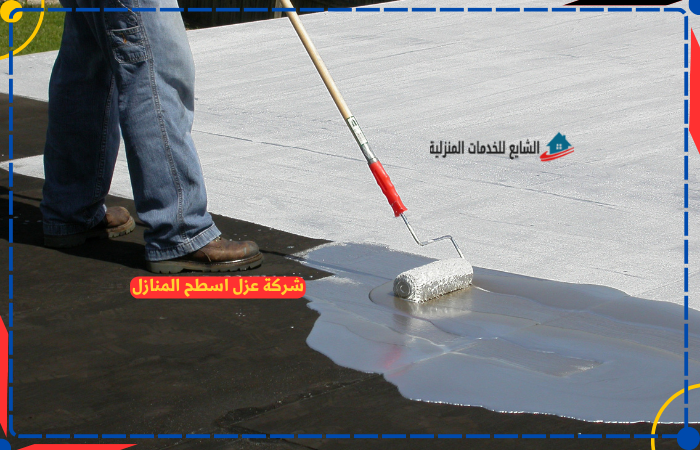Methods of insulating bathrooms, roofs and water tanks
0 comments

Title: Roof Surface Insulation, Water Tank Insulation, and Electronic Leak Detection Techniques Without Demolition
Introduction:
Proper insulation of roofs and water tanks is crucial for maintaining energy efficiency and preventing water leakage in buildings. Traditional methods of leak detection often involve extensive demolition and disruption. However, advancements in technology have introduced non-destructive electronic leak detection techniques. This article explores effective strategies for insulating roof surfaces, water tanks, and detecting water leaks electronically without the need for demolition.
Roof Surface Insulation:
- Insulation Materials: Choose appropriate insulation materials based on factors such as climate, building structure, and budget. Common options include foam boards, spray foam, and reflective insulation.
- Installation Techniques: Proper installation is key to maximizing the effectiveness of roof insulation. Ensure a continuous and uniform layer of insulation across the roof surface, paying special attention to sealing gaps and joints.
- Reflective Coatings: Consider applying reflective coatings to the roof surface to enhance solar reflectance and reduce heat absorption, thereby improving energy efficiency and prolonging the lifespan of the roof.
Water Tank Insulation:
- Insulation Materials: Select insulation materials that are suitable for water tank applications and provide thermal resistance to minimize heat loss and condensation. Examples include foam insulation, fiberglass blankets, and reflective foil.
- Installation Methods: Wrap the insulation material securely around the exterior of the water tank, ensuring complete coverage and minimal gaps. Use appropriate fasteners or adhesives to hold the insulation in place.
- Vapor Barriers: Install vapor barriers between the insulation and the tank surface to prevent moisture buildup and corrosion. Ensure proper sealing of seams and penetrations to maintain the integrity of the barrier.
Electronic Leak Detection Techniques:
- Conductive Testing: Utilize specialized electronic equipment that detects changes in electrical conductivity caused by the presence of water. This method allows for precise localization of leaks without the need for destructive testing.
- Infrared Thermography: Use infrared cameras to detect temperature anomalies associated with water leakage. Wet areas typically exhibit different thermal properties compared to dry surfaces, allowing for accurate identification of leak locations.
- Acoustic Sensors: Employ acoustic listening devices to detect the sound of water escaping from leaks within building structures or underground pipes. This method is non-invasive and can pinpoint the source of leaks with high accuracy.
- Ground Penetrating Radar (GPR): Apply GPR technology to scan subsurface areas for anomalies indicative of water leaks or voids. GPR emits electromagnetic pulses that penetrate the ground and reflect off buried objects or moisture, providing detailed images of underground structures.
Conclusion:
Effective insulation of roof surfaces and water tanks is essential for energy efficiency and structural integrity. Non-destructive electronic leak detection techniques offer a reliable and efficient means of identifying water leaks without the need for disruptive demolition. By implementing these strategies, building owners and managers can mitigate potential damage, minimize repair costs, and maintain a comfortable and sustainable indoor environment.
شركة عزل اسطح
كشف تسربات المياه
Comments